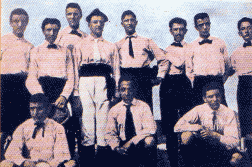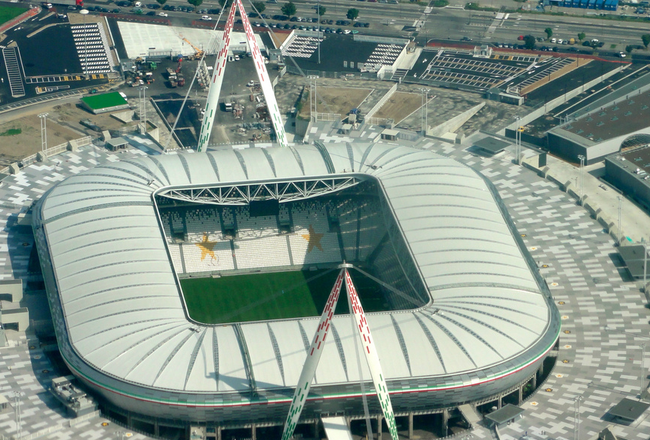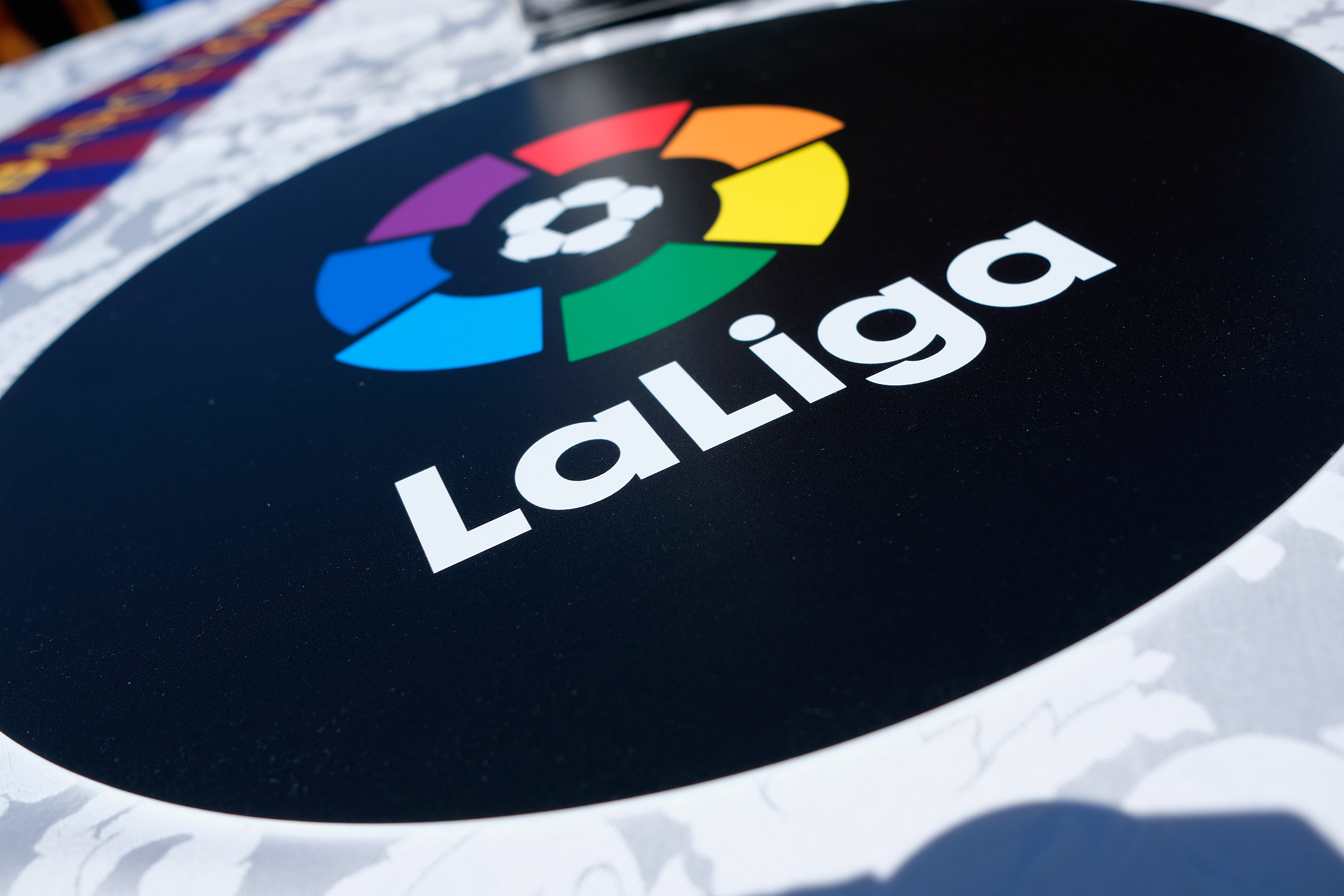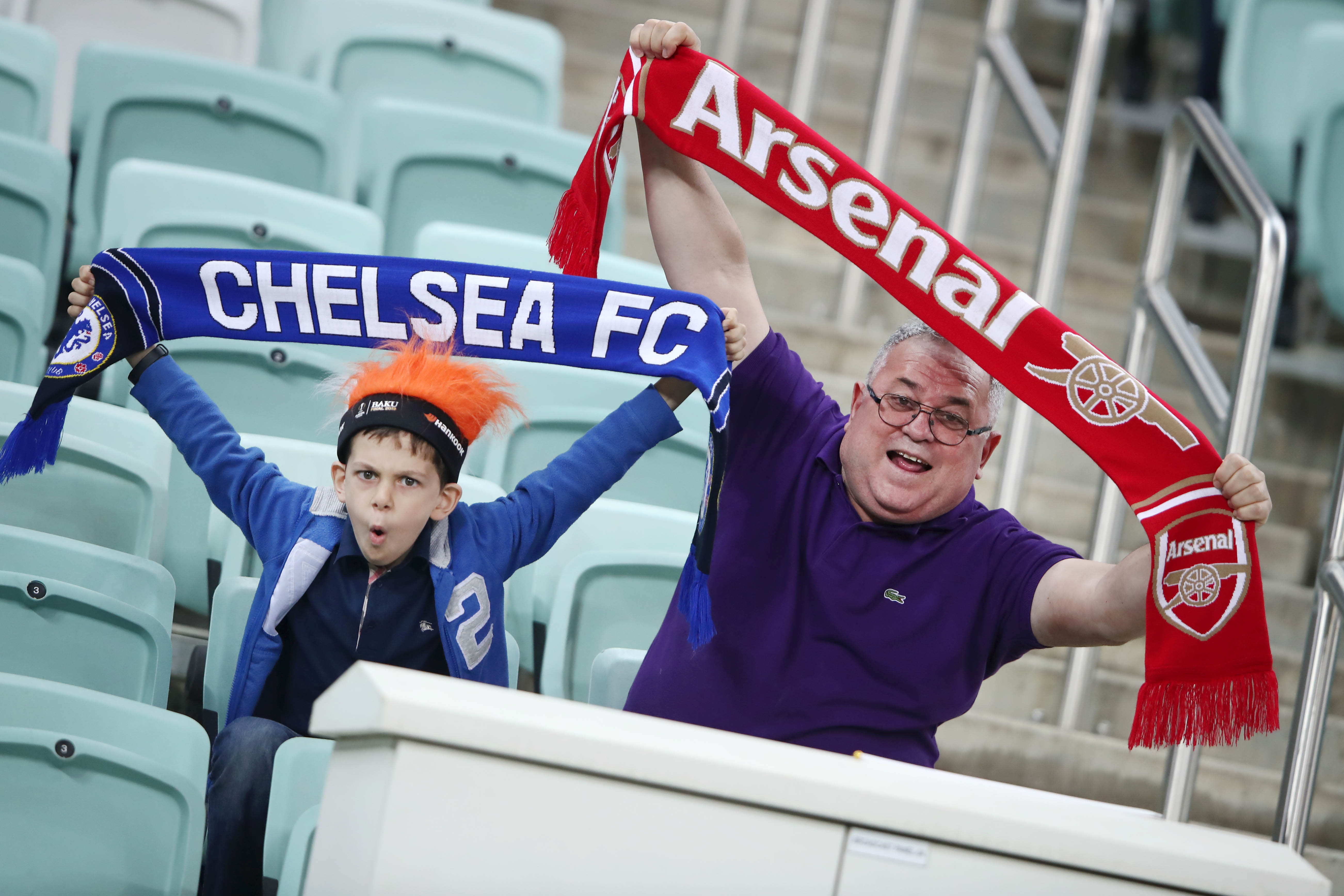Juventus will face off against Notts County, oldest professional football club in the world as part of the grand opening ceremony of the new Juventus Stadium (or nuovo stadio) in Turin. This will be the first football match in the new stadium while the first official game will take place coming weekend.
Why Notts County?
The announcement of Juventus’ match against Notts County was greeted with surprise from some quarters. Despite being one of the historic clubs in the annals of world football, the Magpies have never been a top team in England. They have not played first division football since early 1990s and were languishing in League Two few seasons back. It was a shock to some that a club of Notts County’s stature will be invited to play one of the biggest clubs in Europe in grand opening of a new stadium.
.

Clubs like Boca Juniors and FC Barcelona have now become famous all over the world but there were times when a less illustrious peer influenced them. Boca Junior’s famous blue and yellow crest was influenced by a the flag of a Swedish ship anchored in Buenos Aires, while Swiss club FC Basel influenced Barcelona’s crest as well as their shirt colour. Notts County provided a similar influence on Juve’s history. We need to go back to late 19th century to fully comprehend these links.
On 1st November 1897, some boys from “Massimo D’Azeglio” high school hatched an idea to start a football club in Turin. They decided to name the club Juventus – meaning youth in Latin. Under the presidentship of Eugenio Canfari, the new club adopted a pink jersey. By 1903, Juventus decided to change their shirts and asked John Savage, an English player at the club, to order jerseys from England. Savage asked one of his friends to deliver a set of shirts to Turin. His friend was not only a resident of Nottingham but also supported Notts County. He chose to deliver shirts which were similar to the club he supported. The Black and White striped jerseys were an instant hit with the club and Juventus has sported the same combination as its first choice kit till date.
Juventus has always placed a lot of importance on keeping a link with its illustrious history. Andrea Agnelli, a proud heir to the legendary Agnelli family stayed true to the club’s roots and decided to invite the club, which had a historic contribution towards Juve. Notts County chairman Ray Trew initially couldn’t believe his ears when he received Agnelli’s call – thinking it was a prank. He didn’t think twice before accepting Juve’s gracious invitation, despite his club having a League One match schedule two days later after the friendly.
Trew had this to say – “Given the historical relationship between our two clubs and the sheer prestige of the occasion, we were prepared to move heaven and earth to make this happen. It will be a fantastic night for everyone associated with this great football club – the players, the staff and of course the fans.”
Magpie’s coach Martin Allen described this occasion as equivalent to Notts County playing Champions League football and added – “It’s surreal. It’s going to be a magical occasion. We’ve got to maximise the opportunity to play against one of the most famous football clubs in the world.”
Juventus will play Notts County after a glitzy opening ceremony conducted by Marco Balich. Balich was the man behind the acclaimed opening ceremony of Donbass Arena two years back as well as Winter Olympics in Turin.
New Juventus Stadium – A First in Italian Football
Juventus, the most successful club in Italy has once again outdone its rivals by becoming the first club in the peninsula to boast of a stadium of its own. Football stadia in Italy are usually owned by local municipal bodies and leased out to clubs for match day usage. The new stadium will be completely owned by the club and the match day revenues and gate money will go into Juve’s coffers. Most impressively, the club has not gone into any significant debt despite building a stadium from scratch.
On 15th June 2003, the Luciano Moggi management reached an agreement with Turin City Council for a 99-year lease to the site of old Stadio Delle Alpi stadium, for a fee of 25 million Euros. The Delle Alpi, built before 1990 World Cup, played host to Juventus during one of the most successful periods for the club in 1990s. Sadly, the stadium proved to be unpopular in long run. Running tracks which separated the fans from the field, the open and cold atmosphere of the stadium and other issues led to Juve having ordinary home attendance figures. The 69,000 capacity stadium never saw a houseful attendance, despite Juventus going through a golden period at that time. The highest recorded attendance was 66,299 for a high profile Juventus v Real Madrid clash in Champions League semi-final in 2003. The lowest was a dismal 237 in a Copa Italia match against Sampdoria in 2001/02 season.
.

.
In December 2008, Juventus officially announced the plans to construct a new stadium. Old delle Alpi was to be completely destroyed and the new stadium was to be constructed on the same site. The construction cost was estimated to be around 105 million Euros and the stadium capacity was 41,000. A big chunk of stadium building cost came by selling off naming rights to Sportfive. Juventus entered into a 15-year strategic partnership with Sportfive – the latter paying 6.25 million Euros per year for 12 years (till 2023).
Francesco Ossola, the chief engineer of the project mentioned in an interview to Tuttosport in 2009 that the new stadium would be modeled on the likes of La Bombonera and English stadia, in order to create a sizzling match day atmosphere. The construction work was outsourced to ATI (Associazione Temporanea di Imprese). On 25th May 2009, the demolition of delle Alpi was completed as construction of new stadium began.
The new stadium is a state of the art construction and will be the most modern stadium in Italy. It contains 41,000 seats including 3600 premium seats and 120 Executive Luxury Boxes. Staying true to its roots, the club will adorn the stadium with 50 stars – each dedicated to a legendary player. The galleries will have murals of two of the greatest Juventus players of all time – Gaetano Scirea and Michel Platini.
The fans will be a mere 7.5 meters away from the pitch – similar to those in English stadia, which will create an intimidating atmosphere. The stadium will also contain a vast shopping complex and parking areas, along with restaurants. The 50,000 square meter area of stadium premises will also contain a training center for Juventus. The stadium is an environment friendly stadium and utmost care has been taken about binding to eco-friendly requirements throughout the construction period.
A stadium which suits Juve’s needs
The decision to build a 41,000 seater stadium has been met with surprise from some sections. Juventus after all, is one of the best-supported teams in Italy. Curiously, Juventus is much popular in Southern Italy and other parts of Italy than in Turin. Turin, a city which has suffered from sharp drop in population in last few decades, has a softer corner for Torino than Juventus. If one takes a look at Juve’s attendance figures from last three decades then it is easier to understand the reason behind capacity of the new stadium.
Between 1986 and 1990 Juve’s average home attendance was around the 30,000 mark. It increased once the club moved to Delle Alpi in early 90s – peaking at 51,832 in 1991/92 season. Attendance figures have dropped steadily since then. Between 1991 and 2006 the average attendance figures remained around 42,000 – crossing 50,000 only once, in 2005/06 season.
By building a 41,000 seater, Juventus have a greater chance of filling up the stadium in every match. It is better to play in a fully filled small stadium than play in a half filled large stadium with docile atmosphere. 24,000 season tickets have already been sold out – a 60% increment from last season.
As a club, Juventus is going through a dark phase right now. The new stadium can act as the stimulus that is needed to bring the Old Lady back into her glory days. When Juventus and Notts County take to the field on Thursday, the 22 players will be part of a unique moment in the history of Italian football. Hopefully, this will be the start of a golden period for the Bianconeri.






